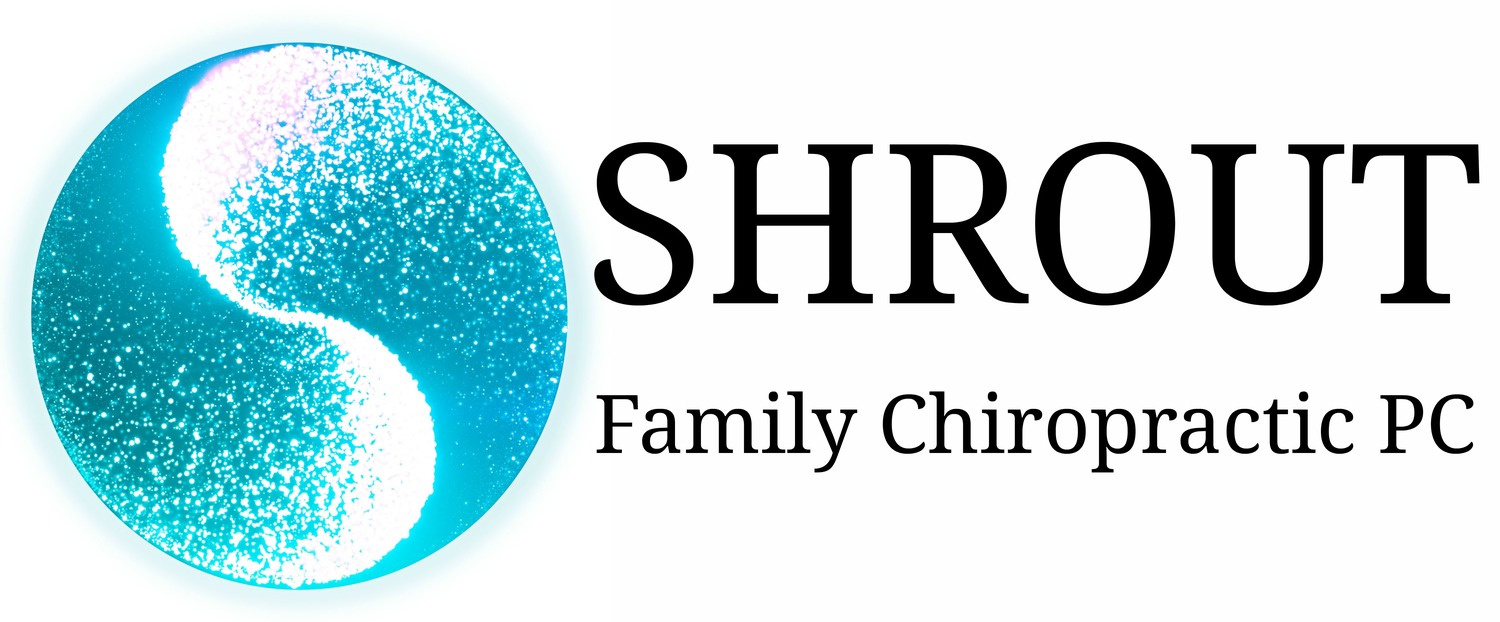There’s no better time than a pandemic to start losing weight. In fact, almost half of all Americans attempt to lose weight every year, and some of them show a massive success!
Fortunately, you can benefit from weight loss, too. However, you may be wondering what to expect and when to expect it. Let’s talk about a weight loss timeline to give you an idea of what to expect on your journey.
Factors That Effect Weight Loss Timeline
Before we talk about the timeline, it’s important to note that different people will experience different results based on a wide variety of factors. While we can’t talk about your personal genetics and health conditions, here are some of the other most important factors to consider that will affect how you progress.
Meal Plan
Finding the right weight loss meal plan is your number one objective when trying to lose weight. The reason is that diet has been proven to be far more efficient than exercise when it comes to losing weight. This is reflected in the phrase “abs start in the kitchen.”
You should be looking to choose the best foods for weight loss. Choosing to eat whole foods is always the healthiest and most beneficial way to go. Focusing on incorporating a wide variety of fruits, vegetables, whole grains, and seeds into your diet is the best thing you can do for your own health and weight loss journey.
However, you should remember that the type of food isn’t enough. You must remain at a calorie deficit in order to lose weight.
Eating at your maintenance calorie intake will keep you at the same weight, and going under will help you lose weight. Ideally, you want to be around 500 calories short of your maintenance levels. This is the safest way to avoid malnutrition or any other health complications.
There are about 3,500 calories in a pound of fat, meaning that at a roughly 500 calorie deficit, you will lose one pound of fat per week just from your diet.
Exercise
Exercise plays a role in your weight loss by boosting your metabolism and helping to reach your desired calorie deficit. The more calories you burn, the more you’ll be able to eat while maintaining your deficit.
Cardiovascular exercise mixed with strength training tends to be the best regimen, and there’s a lot of variety you can throw into that combination. You could try running and weightlifting, swimming and calisthenics, or biking and bodybuilding. The combinations are endless and you can fit them into your interests and your schedule.
Consistency
The key factor is consistency. If you keep a 500-calorie deficit for 5 days, you won’t notice a difference at all if you go a thousand over on both days in the weekend.
Because of this, it’s important that you incorporate recipes and exercise routines that you will stick to. It’s not the end of the world to have an occasional cheat meal, but making sure they aren’t becoming a regular staple of your diet is important.
Losing 1-2 pounds a week may sound painfully slow if you’re trying to lose over 20 pounds but don’t think of it as if it’s something you’re just trying to finish as quickly as possible. You’re changing your lifestyle to become more healthy and that’s something to maintain throughout your life.
Also, let’s say you are trying to lose 30 pounds. If you break that up into weeks, it may seem daunting. However, in 6 months when you’ve reached your entire goal, you’ll be so glad that you did. You won’t have to wait 6 months to see the results either. You’ll be seeing your progress the whole way through, which will help you stay motivated!
Also, losing weight is half the battle, keeping it off is the other half. Again, don’t look for a light at the end of the tunnel. You want to work to maintain a healthy lifestyle over the long term.
Program
Choosing a program wisely is important. There are so many fad diets and programs out there that stay hot for a few months until doctors come on television and warn against it.
So, how do you know when a program is legit? Well, when weight loss doctors recommend them. If a doctor recommends a program, then you should feel a lot more comfortable that the program won’t be harmful to you.
What Timeline Should I Expect?
If you’re starting a weight loss program and you are consistent with it, you will see results surprisingly fast. It often takes 2 to 6 weeks for your body to really adapt to new stressors and practices but after that, you’ll begin to see major changes.
After 6 weeks, you will start to feel lighter and, assuming you’re exercising, a lot more fit. After that, you’ll begin to notice changes in your muscle tone, skin reduction, and more. The longer you go, the more changes you’ll see!
If you are trying to lose a lot of weight, it will take a bit of time. Look at some before and after videos to get an estimate of how the Chirothin program has helped them and how long it took.
Remember, they didn’t just go from overweight to skinny between the 179th day and the 180th day. They saw progress the entire way through and felt better and better about themselves as they progressed, and you can do that, too!
Start Your Weight Loss Journey
Now that you know about what a realistic weight loss timeline looks like, remember that the sooner you start, the sooner you will see results. Are you ready to get started on the path to a healthier you? Learn more about the ChiroThin weight loss program to decide if it’s right for you! Consultations are always free and no obligation.
